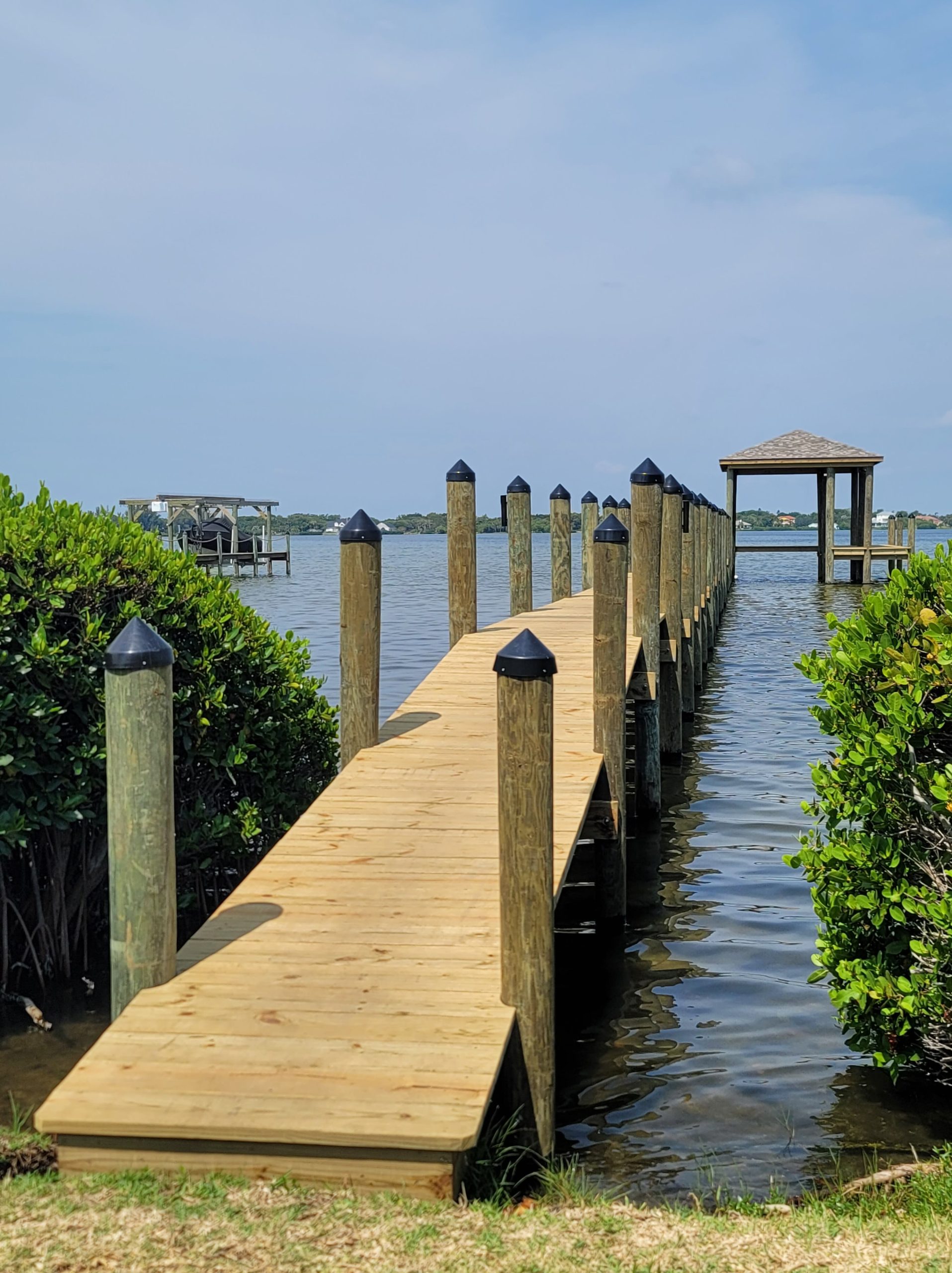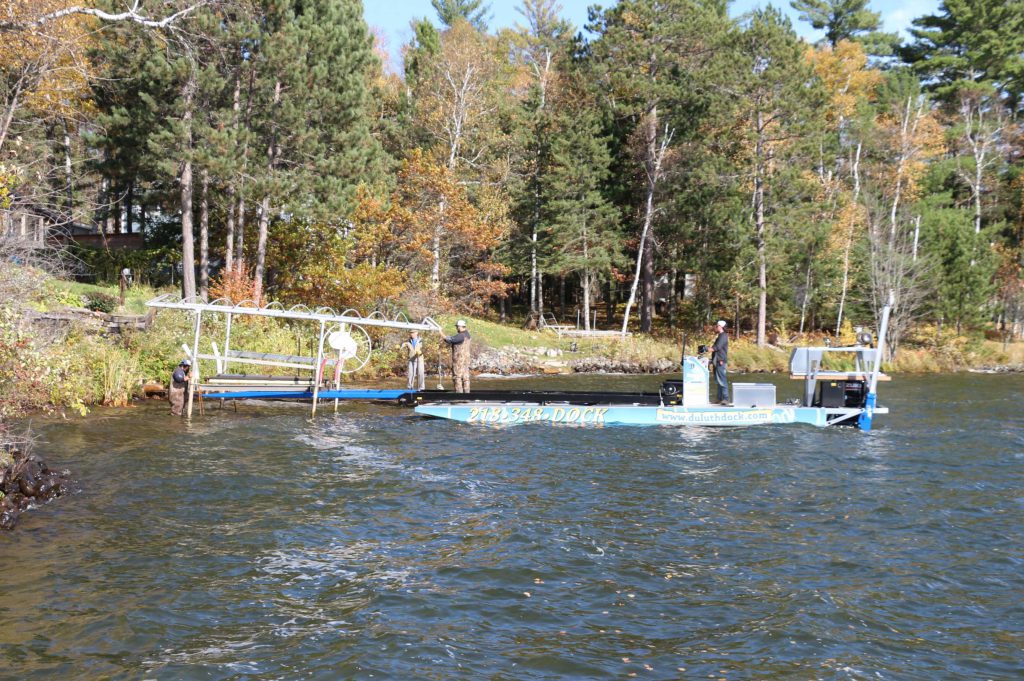Why Regular Upkeep Can Lower Future Dock Repairs
Why Regular Upkeep Can Lower Future Dock Repairs
Blog Article
Reliable Dock Repair Work Techniques: Ensuring Architectural Honesty
Guaranteeing the structural integrity of anchors with reliable repair work strategies is paramount for the longevity and safety of aquatic centers. This includes a multi-faceted method starting with extensive examinations making use of advanced modern technologies like sonar equipment and remotely operated lorries (ROVs) to identify both noticeable and concealed damages. Subsequently, picking the best repair service materials, such as composite materials and corrosion-resistant alloys, is crucial for resilience. Architectural support techniques, including the execution of cross-bracing systems and load-distribution plates, play a vital function in mitigating stress points. The importance of these strategies becomes evident when exploring innovative repair service techniques and preventative upkeep techniques.
Analyzing Dock Damage
Examining dock damages is a vital initial step in guaranteeing the architectural honesty and safety of any type of docking center. This first evaluation includes a detailed examination to identify both surprise and noticeable damages. Key elements to take a look at consist of the dock's structure, pilings, decking, and hardware. Each element needs to be looked at for indicators of wear, rot, corrosion, or other types of deterioration that might endanger the architectural honesty.
Architectural designers or certified examiners normally do these analyses utilizing specialized methods and devices. Underwater inspections might employ sonar tools or from another location ran automobiles (ROVs) to find immersed damage. Above water, aesthetic assessments are enhanced by utilizing dampness meters and various other analysis tools to uncover underlying concerns not quickly noticeable to the nude eye.

Deciding On Fixing Materials
Choosing the appropriate repair products is an essential step in the dock restoration procedure, one that directly influences the long life and performance of the repaired framework. Material option need to be driven by elements such as ecological problems, load-bearing requirements, and compatibility with existing dock parts.
Along with wood, composite products are progressively popular as a result of their longevity and low maintenance needs. Composites, typically made from a mix of plastic and wood fibers, supply exceptional resistance to rot, insects, and UV damages. For metal anchors, choosing corrosion-resistant alloys such as galvanized steel or marine-grade light weight aluminum is necessary to avoid rust and make certain structural integrity in saline water problems.
Epoxy materials and marine-grade sealers are vital for repairing fractures and securing joints, offering a water-proof barrier and improving the dock's total strength. By thoroughly picking top quality products, dock repair work can attain resilient outcomes, thus guarding against future deterioration and making certain safe, trustworthy use.
Architectural Reinforcement Strategies
Reliable architectural support methods click this link are vital in making sure the security and durability of dock repair work. This method is particularly effective for anchors revealed to hefty tons or harsh environmental problems.
One more vital technique is the application of fiber-reinforced polymers (FRP) These materials offer high strength-to-weight proportions and superb resistance to deterioration, making them suitable for strengthening concrete or wooden anchors. FRP can be used in strips or sheets and bonded with epoxy materials to boost architectural stability.
Bracing and securing systems likewise play a vital function in structural support. Cross-bracing, utilizing metal or wood beam of lights, can combat side pressures, lowering persuading and motion. Anchoring systems, such as helical piers or driven stacks, offer a steady structure by transferring tons to deeper, much more secure soil layers.
Lastly, the combination of load-distribution plates can help disperse weight more uniformly across the dock's surface area, mitigating local tension factors. These techniques jointly ensure that anchors continue to be robust and secure, qualified of standing up to the rigors of their functional setting.
Advanced Repair Service Methods

One more sophisticated method entails undersea welding, which permits repair services to be performed without the demand to dewater the location. This approach is specifically useful for addressing architectural concerns in immersed dock elements, making sure very little interruption to operations. Enhanced welding strategies, paired with robot systems, provide accuracy and dependability, consequently expanding the life expectancy of the dock.
In addition, cathodic protection systems are implemented to stop corrosion in special info metal dock structures. By utilizing sacrificial anodes or impressed existing systems, these methods successfully reduce the electrochemical processes that bring about material wear and tear.
Lastly, progressed tracking technologies, such as architectural wellness monitoring (SHM) systems, provide real-time information on the condition of dock frameworks. These systems allow proactive upkeep and prompt interventions, inevitably making sure the long-term architectural stability of the dock.
Upkeep and Avoidance
Maintenance and prevention are fundamental ideas that underpin the longevity and safety and security of dock structures. Normal assessments are paramount, permitting for early discovery of deterioration, possible weaknesses, and ecological influences. you can find out more A positive strategy, including regular checks for deterioration, rot, and structural changes, alleviates costly fixings and extends the dock's operational life.
Precautionary measures must consist of applying safety layers to metal components to secure against corrosion and utilizing treated timber to resist decay. Furthermore, making certain proper water drainage and air flow can prevent water build-up, which is a common reason for structural deterioration. Including top quality products and adhering to maker standards throughout building and construction and repair work phases likewise play vital duties in enhancing toughness.

Training personnel in dock maintenance ideal techniques makes certain regular application of safety nets. Leveraging technological advances, such as drones for evaluations and sensors for real-time monitoring, can even more improve maintenance efforts. By focusing on upkeep and avoidance, dock proprietors can make sure architectural stability, functional security, and economical management over the dock's lifespan.
Conclusion
In conclusion, preserving the architectural integrity of aquatic centers requires thorough dock repair work techniques. Advanced repair service techniques, combined with normal maintenance methods, make certain the dock remains functional and safe under diverse ecological problems.
Guaranteeing the architectural integrity of anchors via reliable repair service methods is extremely important for the durability and safety and security of aquatic facilities.Selecting the suitable repair work materials is an essential action in the dock repair procedure, one that straight influences the durability and performance of the repaired structure.Effective architectural support strategies are critical in ensuring the stability and long life of dock fixings. By focusing on upkeep and prevention, dock owners can ensure architectural honesty, functional security, and affordable management over the dock's lifespan.
In verdict, keeping the architectural stability of marine centers demands detailed dock repair work techniques.
Report this page